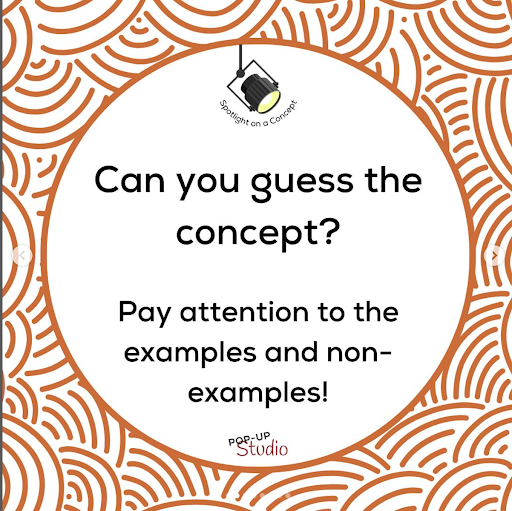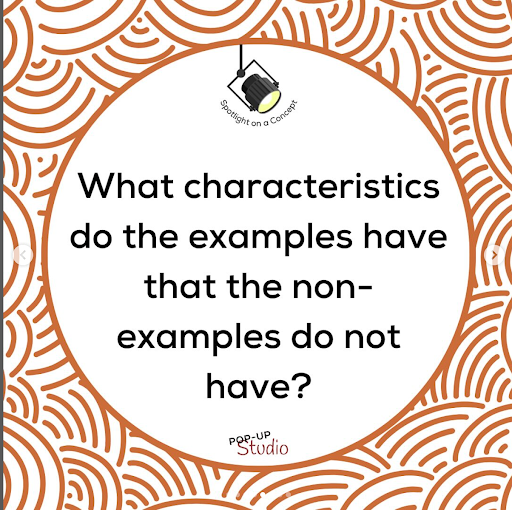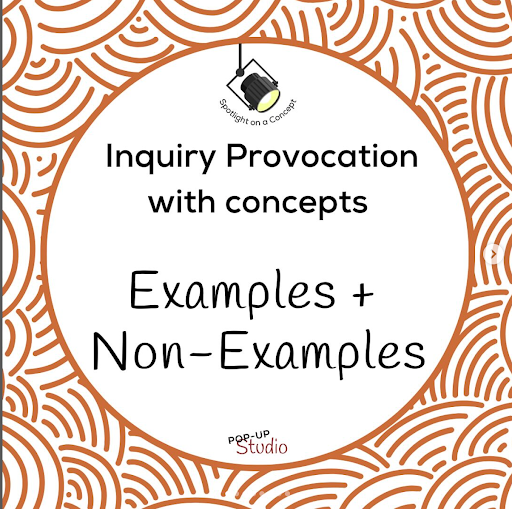👀 Do you recognize this classic inquiry strategy?
👏🏻 It’s concept-attainment! This blog post shares one approach to this longstanding strategy.
I first learned about concept attainment in the early 2000s when I enrolled in a Master of Education program focused on Instructional Intelligence with Professor Dr. Barrie Bennett. I still am very passionate about the artful science of instructional intelligence, which is the subheading of his book with Carol Rolheiser. Since that time, I’ve workshopped this strategy with Kath Murdoch who has influenced my thinking for decades too.
Step One: Introduce the Activity
Explain that you are going to present students with a set of examples (called a data set) but don’t tell them the concept. For example, the concept might be EXTREME ENVIRONMENTS or TEAMWORK or MOVEMENT …but shhh don’t reveal the concept!

Step Two: Reveal the data set, one by one
Show one image at a time. Start with a sample from the EXAMPLE set. Say, “Here is an example of the mystery concept.” Then show one image of a NON-EXAMPLE. Say, “This is NOT an example of the concept.” Keep going while gently moving to step three.

Step Three: Check for understanding
Do two more rounds and then ask children to put a thumbs up if they think they know the concept, a sideways thumb for not sure. Keep going until most children have their thumbs up.
When most children in the class are visibly showing confidence in their thinking, ask them to state the concept together! Remember, a concept is one or two words that are: timeless, abstract, and universal. Concepts transfer and are not locked in place and time (as understood through Dr Lynn Erickson and Dr Lois Lanning’s work in Concept-Based Curriculum and Instruction).
Step Four: Reinforce the understanding through student-created data sets.
Once the children have determined the concept, provide them with more images for them to sort into “example” and “non-example” piles. This reinforces the understanding. Then encourage students to find or create their own images to add to these example/nonexample sets.
📝 Would you like a sample script for using this provocation with your learners?
Download that here. The concept we explore is extreme environments but you can swap this out for any concept). You’ll find a bonus step inside!
P.S. Current privacy laws require you to confirm your email address before you can receive the download. This means you’ll need to check your inbox, including your spam folder, for an email that says, “Confirm Email” in the subject line. Once you open and click the button, you’ll get a follow-up email with your resource. Easy-peasy!
